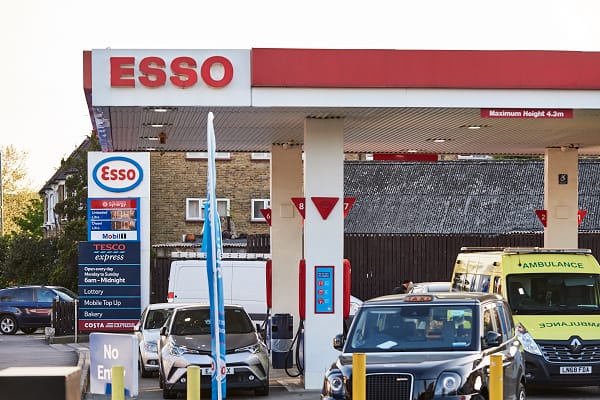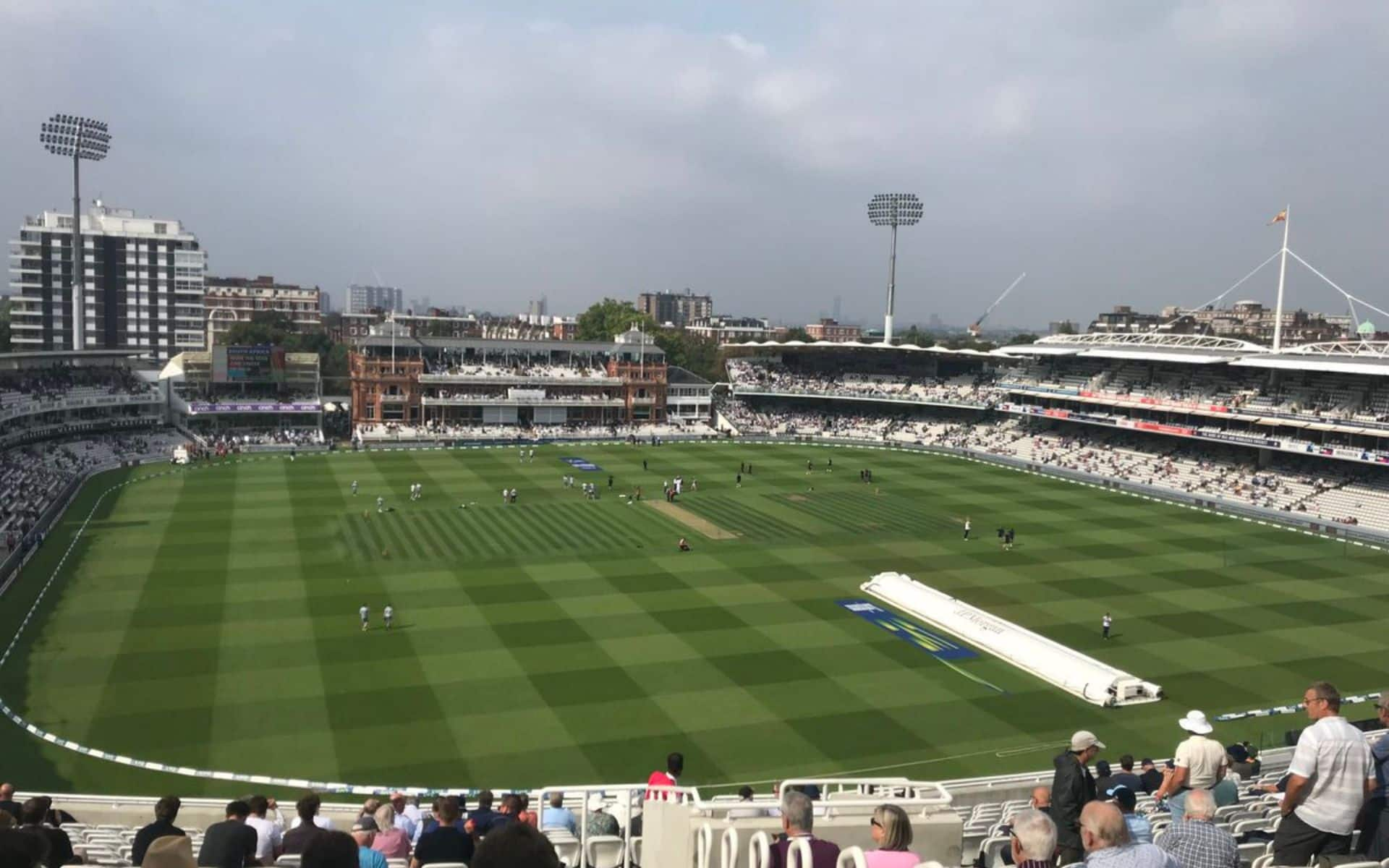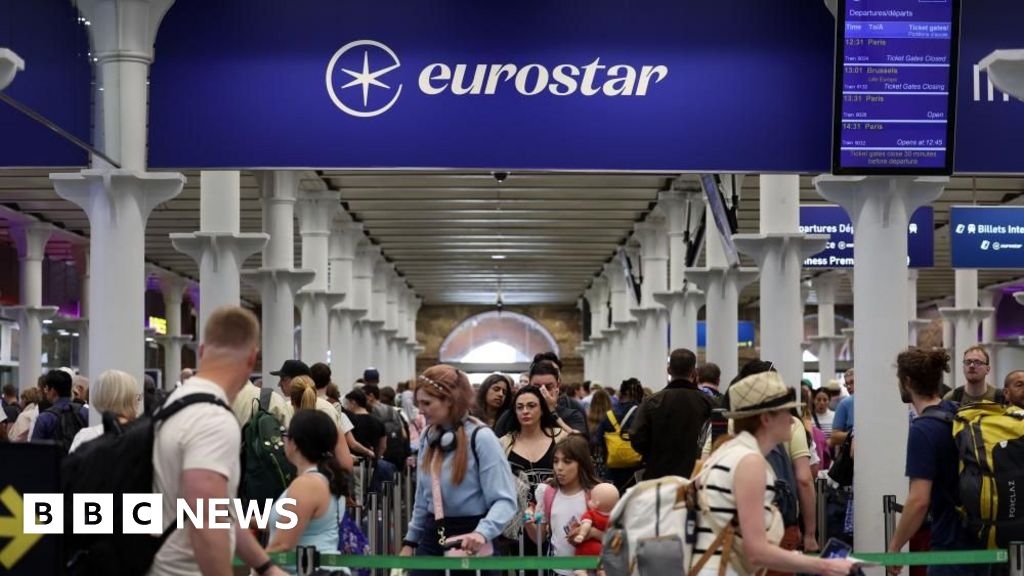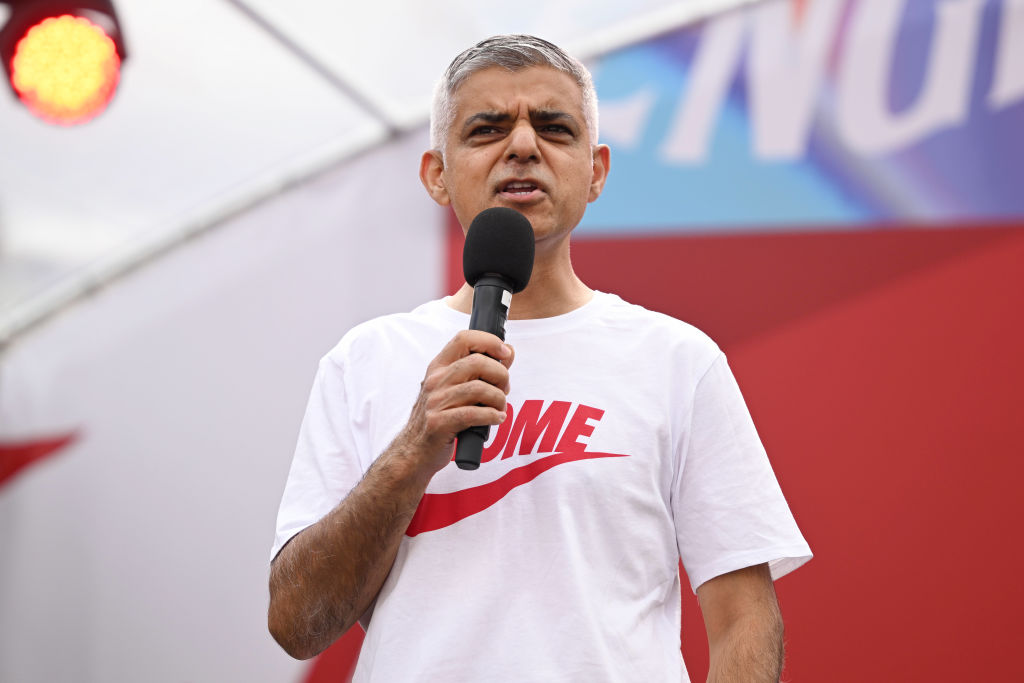Infra
SSEN expands national infrastructure and London electricity network
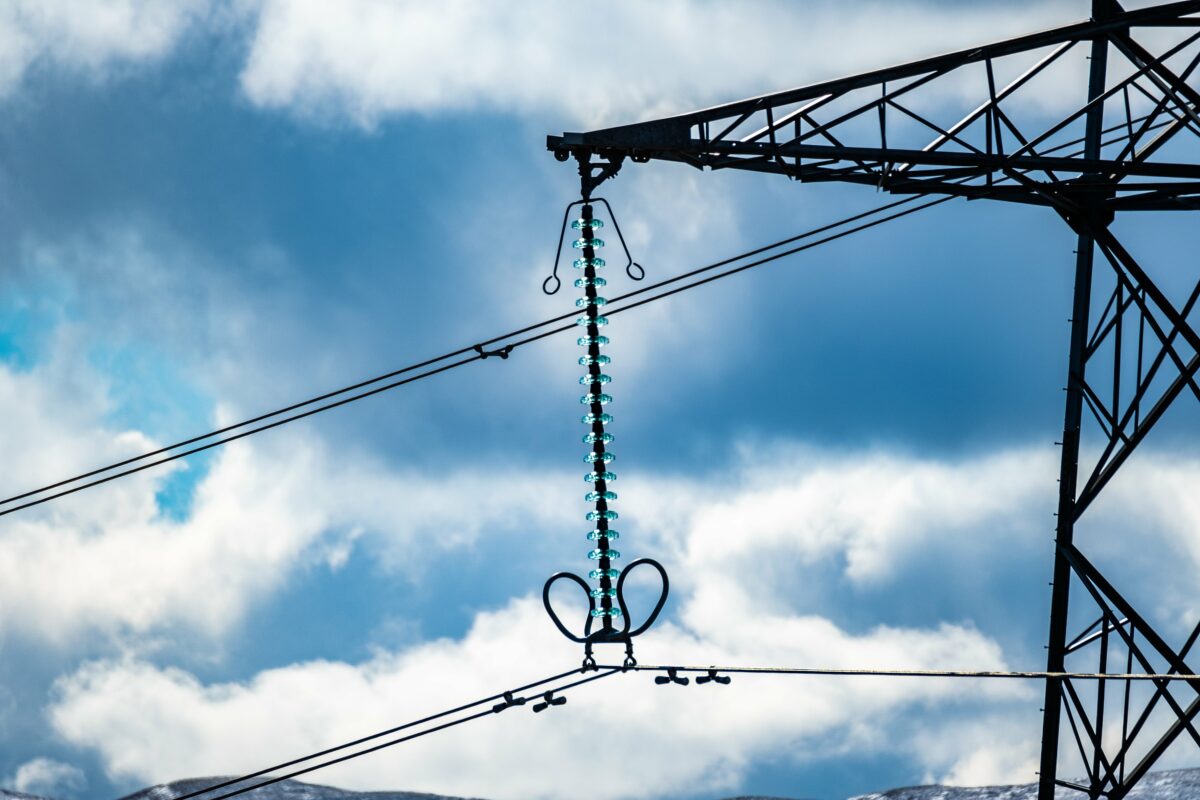
Scottish and Southern Electricity Networks (SSEN) has announced developments for its Transmission and Distribution arms in Scotland and West London, respectively.
Transmission
SSEN Transmission has renewed partnerships to improve its infrastructure plans under Ofgem’s Accelerated Strategic Transmission Investment (ASTI) framework.
The network operator has signed contracts with BAM and Siemens Energy, which will support SSEN Transmission in delivering onshore transmission infrastructure schemes.
The partnership also aims to deliver the substations that are required to connect the transmission network in north Scotland by 2030.
The ASTI framework under which this contract was signed was established by the regulation watchdog Ofgem as a way to aid the nationwide issues around obtaining a grid connection.
The Yorkshire GREEN Energy Enablement project became the first of seven onshore projects proposed by National Grid across England and Wales to obtain a development consent order (DCO) under the framework in March 2024.
Paul Leddie, director of procurement at SSEN Transmission, said: “Over the past decade, BAM and Siemens Energy have combined as a Joint Venture to successfully deliver a number of our flagship substation schemes.
“Following their success in the recent ASTI tender process, it is fantastic news that this strong collaboration will continue across a number of our ASTI programme substation schemes.”
Dougie Grant, regional director for Scotland at BAM, added: “We are excited to combine our expertise to deliver essential national infrastructure, showcasing the project’s importance. This venture offers a unique chance for our team’s growth and development in a sustainability-driven environment and allows us to support the UK’s transition to net zero.”
Distribution
SSEN Distribution and National Grid, partnered with the Electricity System Operator (ESO) and the Greater London Authority (GLA), are working to unlock electricity network capacity in West London.
By enabling ramped connections that deliver increased electricity supply over time, the networks’ initiative means housing developments in parts of the London boroughs of Hounslow, Hillingdon, and Ealing have had their connection dates brought forward.
Project developments representing a total of 7,800 homes have had their connection dates accelerated through this solution, equating to a total of 10.5MVA of demand capacity.
In most cases, projects that were previously given connection dates into the 2030s now have a pathway to connect in the next 12 to 24 months, in line with developer timescales.
This initiative is part of a wider programme begun in July 2022, which investigated the potential solutions to unlock network capacity in the area following a significant upsurge in connection applications from large demand sources such as data centres.
The solutions range from distribution-level demand modelling to introducing an estimated 76MVA of network flexibility services to the network, which SSEN expects to contract in its London boroughs by June 2024.
These flexibility services include battery storage as well as providing incentives to energy users to turn down demand at certain times to reduce the network ‘peaks’, usually early morning and evening.
London’s deputy mayor for Planning, Regeneration and Skills, Jules Pipe, said: “The steps we have taken so far have connected nearly 8,000 new homes, with the solutions announced today helping to maintain the pace of delivery in the remaining developments, as we continue to build a better, greener and more prosperous London for everyone.”
John Twomey, head of connections at National Grid Electricity Transmission, said: “Connecting projects to our transmission network and unlocking capacity at lower voltage distribution networks is a massive priority for us.
“To connect projects faster, we’re upgrading the grid – the biggest upgrade in a generation – and working collaboratively with industry, government and the regulator on reforms to the connections process.”


